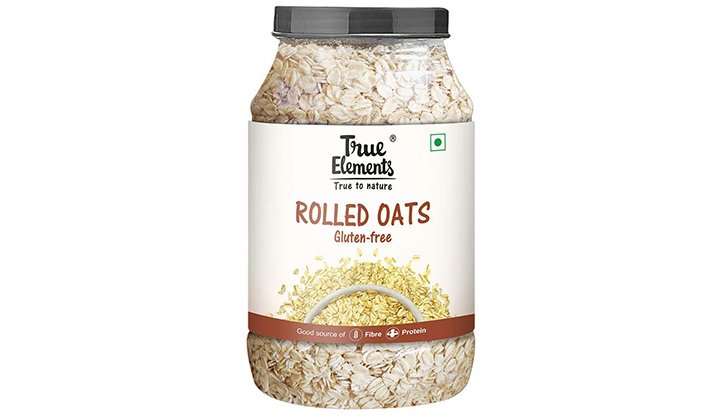

Low-GI foods slow down the rate that glucose (sugar) gets introduced into your body, and in contrast, high-GI foods cause a spike in your blood sugar as well as insulin, causing you to crave more sugary foods when your glucose levels drop. The less-processed steel-cut oats have a much lower glycemic load than higher-processed quick oats.

Surprised? It looks like they're pretty similar, but one thing that sets them apart is how they compare on the glycemic index. They cook in a few minutes when added to hot water and have a mushy texture. They take longer to cook than quick oats but are quicker than steel-cut oats.Īlso called instant oats, these oats are precooked, dried, and then rolled. When processing these oats, the kernels are steamed first, and then rolled to flatten them. Sometimes called rolled oats, these look like flat little ovals. They look like chopped-up rice, take the longest to cook, and have a slightly chewy consistency. To shed some light about which oats are better for you, check out the chart comparison below.Īlso called Irish or Scotch oats, these are cut, not rolled. Rolled oats sound healthier for you than quick oats because they're less processed, right? So if steel-cut oats are even less processed than rolled oats, they're the healthiest of them all, right? If you're not even sure what the different types of oats are, the explanation below should clear things up.


 0 kommentar(er)
0 kommentar(er)
